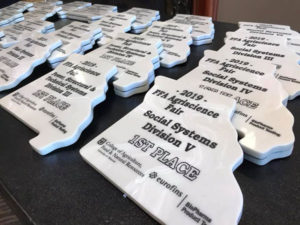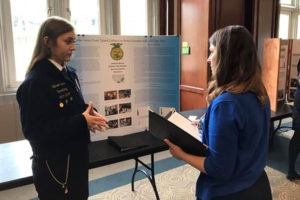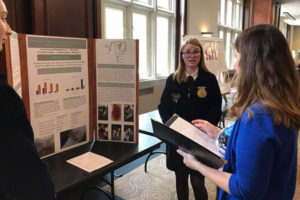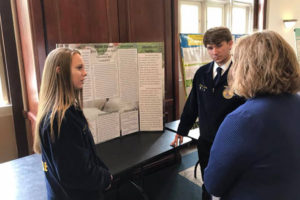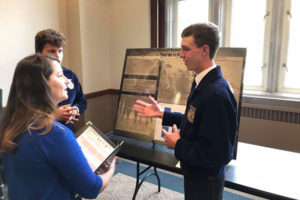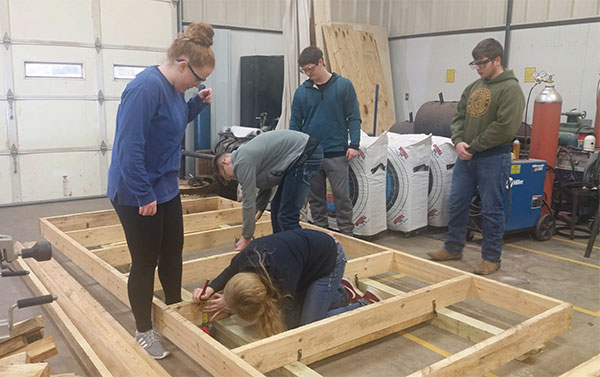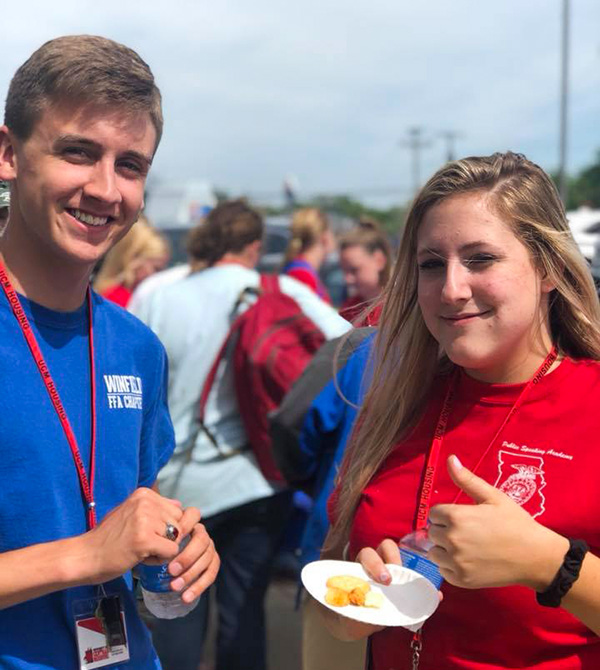Hands-On Skills
Pursuing a career in veterinary technology is rewarding and requires passionate individuals with a distinct drive to help animals. Crowder College is graduating veterinary technicians who are meeting a hiring demand in clinics across a multi-state region. Recently, the Crowder College Veterinary Technology program was named one of the top 30 veterinary technology programs in the United States, according to veterinarianedu.org.
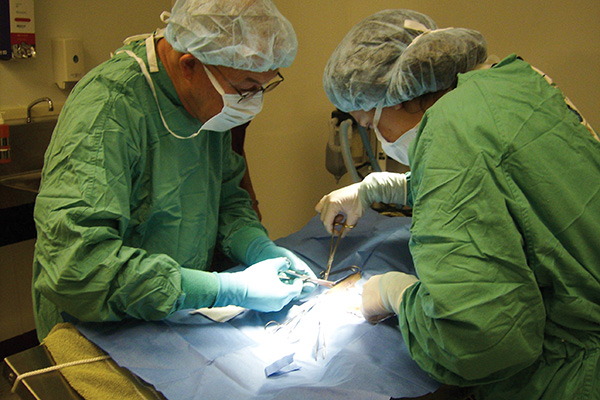
Shawna Estep, Veterinary Technology program director, explained that graduates of the program are receiving multiple job offers, allowing them to leverage better salaries.
“Placement rates are 100% for our graduates,” Estep said. “We have more open positions than we have graduates.”
The three-year program housed on the Crowder College campus in Neosho, Missouri, accepts a maximum of 20 students per year through a selective admission process. To be accepted students must have a 2.0 grade point average (GPA), 20 hours of veterinary observation, ACT scores, three letters of recommendation, and be at certain levels of math and reading. The program, accredited by the American Veterinary Medical Association (AVMA), includes 78 required credit hours, and the students graduate with an associate’s in applied science in veterinary technology.
Students in the program are taking courses in a variety of topics, including radiology, large animal medicine, clinical pathology, pharmacology, veterinary dentistry, avian medicine and microbiology. In addition to the courses, veterinary technology students will complete 320 hours of clinical internship throughout two years in veterinary clinics.
“We strive to maintain a high quality of graduates with great hands-on clinical skills who are immediately employable and can be irreplaceable to a veterinary practice,” Estep said. “Students take a licensing exam at the end of the program and we can proudly say that our pass rate is at a three-year-average of 89%, compared to a national average of 70%.”
HANDS-ON EXPERIENCE
Veterinary technology students practice on large, small, exotic and avian animals, a requirement of AVMA-accredited programs. The program at Crowder College has a large-animal emphasis and offers labs focusing on radiology and anatomy as well as a dog kennel and cattery.
“Our program at Crowder has a large- animal emphasis because of our 300-acre school farm that raises cattle, sheep, goats and horses all of the time,” Estep said. “Students are in hands-on, large-animal labs from their first to last semester.”
Aside from the school farm, the Veterinary Technology department includes a number of facilities and laboratories, including an anatomy lab housing microscopes with the ability to project to a Smart Board, along with numerous anatomy models. The department also is home to a realistic treatment room in a veterinary clinic with diagnostic blood machines, autoclaves, recovery cages, and an anesthetic machine.
In addition to the facilities, Crowder College maintains a pet adoption program each semester. Veterinary technology students care for dogs and cats on campus that come from local humane societies.
“The animals come early in a semester and are adopted out at the end of the semester,” Estep said. “We have had over 300 animals rescued from shelters and humane societies that have been a part of our program.”
While the animals are in the program, the students practice their skills through laboratory work on the animals. These tasks range from simple physical exams to x-rays, vaccinations, IV and catheter placement as well as assisting surgical procedures including spays and neuters, endotracheal intubations, anesthetic monitoring, and fluid therapy, among many other responsibilities.
During the program’s tenure, Crowder College has rescued more than 300 animals from shelters and humane societies. Estep explained that students often get attached to — and fall in love with — the animals and adopt them themselves. However, the animals are up for adoption to the public as well and listed on the Crowder College website at www.crowder.edu.
—by Julie Choate





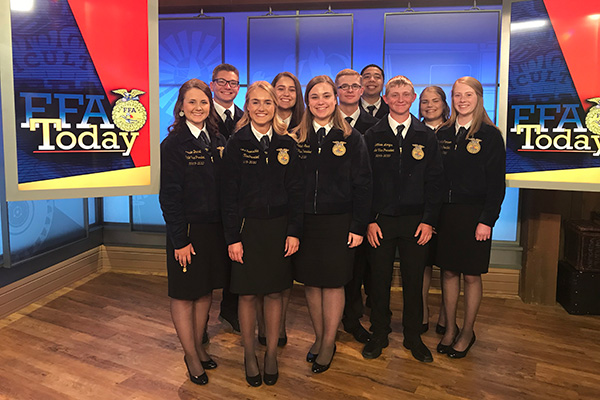
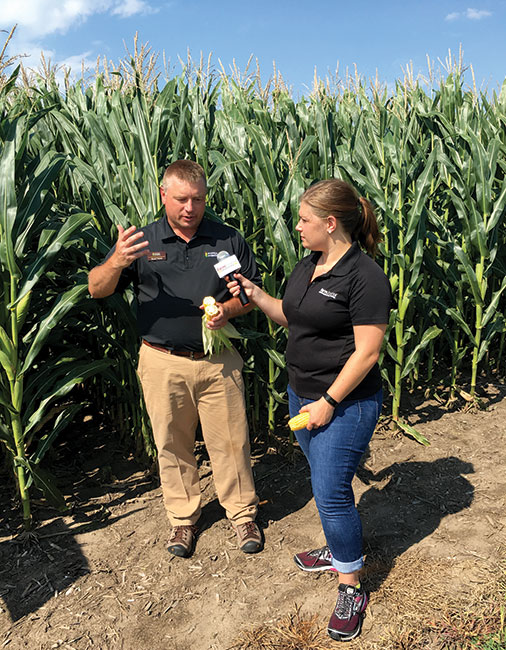
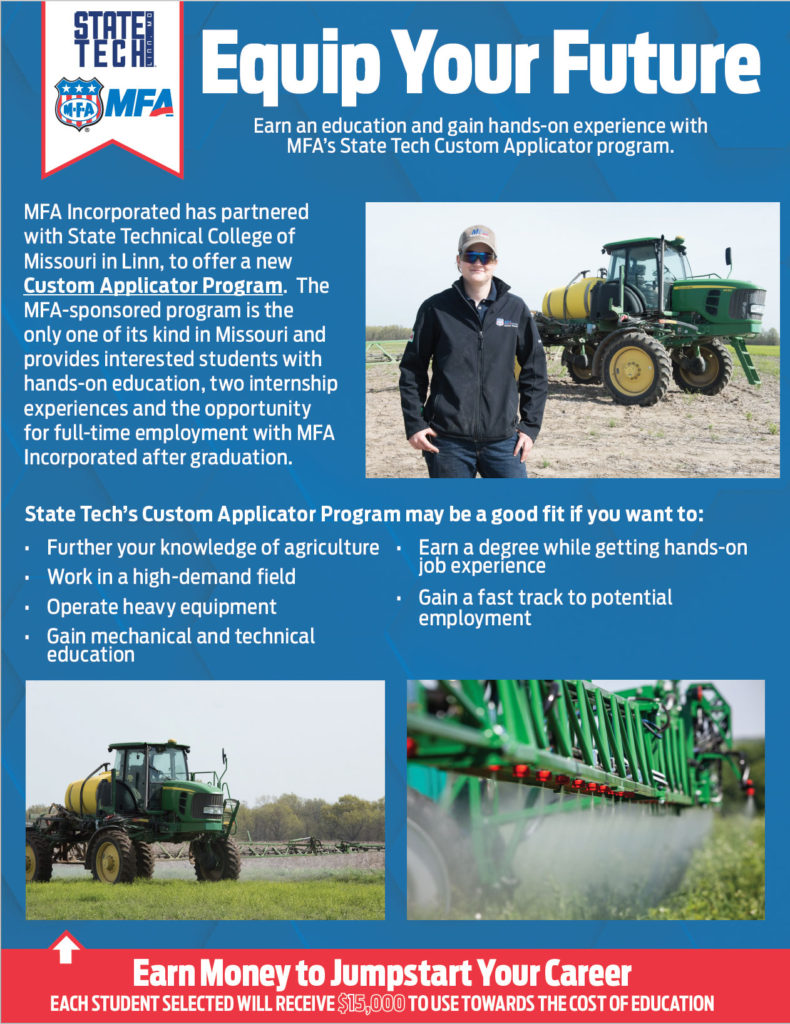
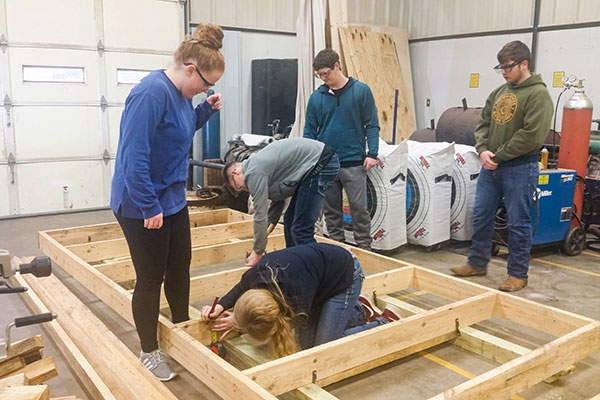 “When I told my FFA kids about [the homeless communities], they immediately wanted to do something about it,” Payne said. “So, we drew up some plans and decided we would build a small house.”
“When I told my FFA kids about [the homeless communities], they immediately wanted to do something about it,” Payne said. “So, we drew up some plans and decided we would build a small house.”